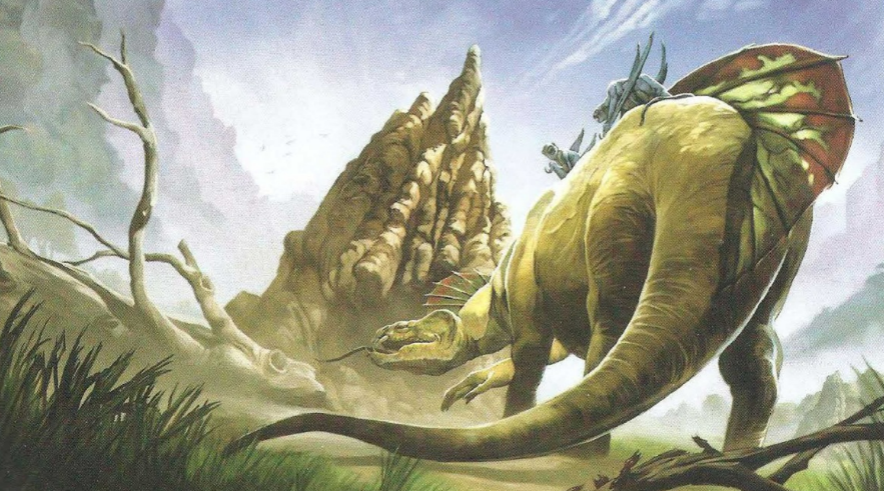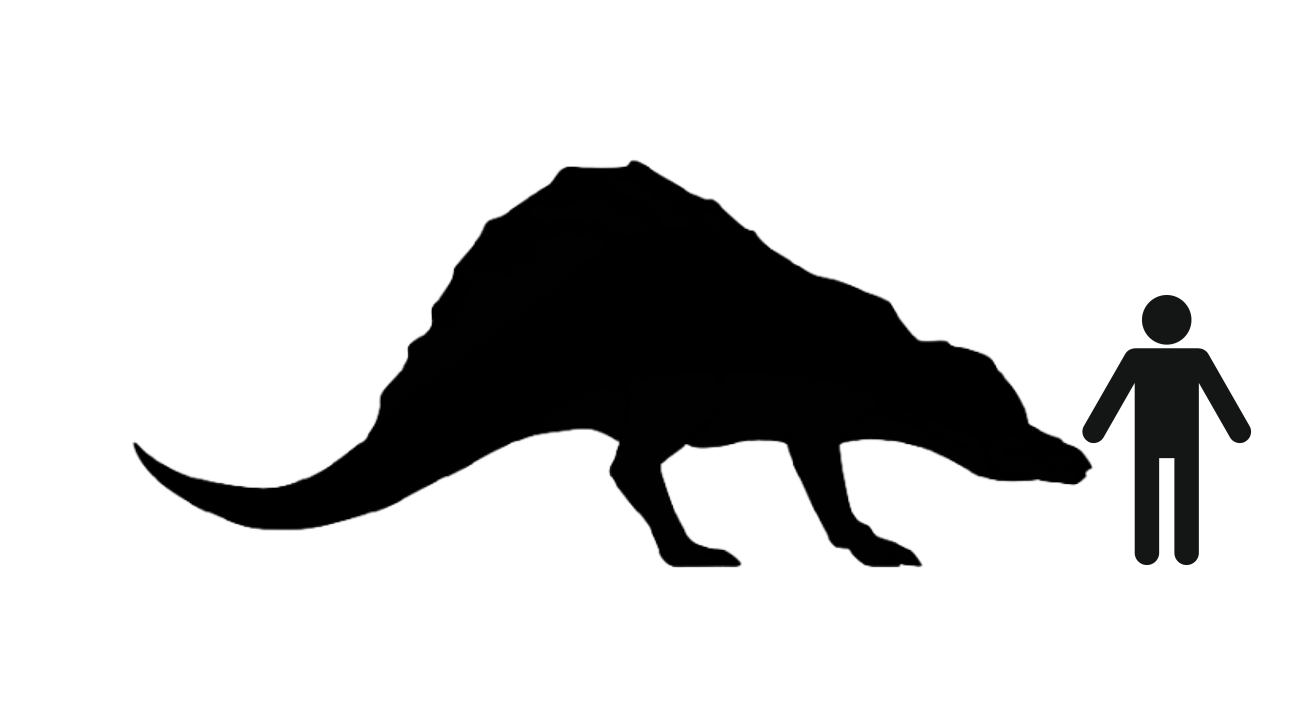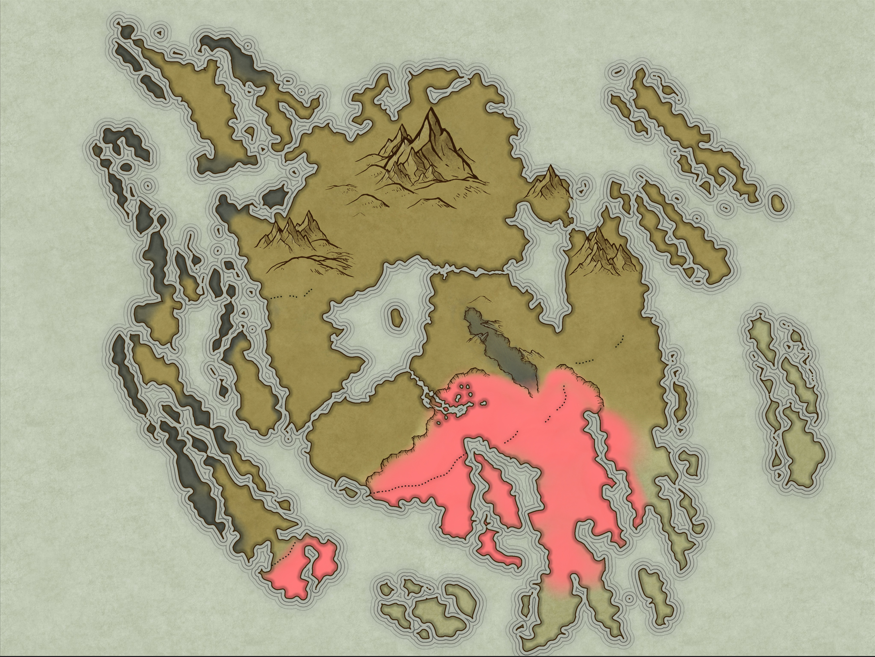Termito'saurus
Facts
One of the strangest of Isle’s unique animals is the bizarre insectivore commonly called Termito’saurus. The Termito’saurus has a shared ancestry with the carnivorous quadrupedal sphenacodontid synapsids; however, it opts for a diet of termites and other small insects. With sturdy claws and protruding tusk-like teeth, a Termito’saurus can tear into subterranean nests and concrete-hard Skull Island termite mounds, allowing a remarkably mobile, long, sticky tongue to lap at the insects inside. An acute sense of smell guides the plundering eupelycosaur to the nursery chambers of an ant or termite colony where the protein-rich larvae can be found.
Termito’sauruses can defend themselves with force when necessary, but their principal defense is a pair of brightly colored dorsal fans that are rapidly deployed and flash to startle would-be greater predators, this distinctive sails, also works to warm themselves in the morning, boosting their energy levels for the day.
When the candle does not scare away predators, Termito’saurus seek protection from other herbivores such as Triceratops or Apatosaurus, which if the hunter is not hungry enough, will not try to approach to the Termito’saurus.
Solitary creatures, they pair only briefly in the breeding season. Small clutches of eggs are laid in shallow, each of their eggs can measure up to 24 cm thick, making them the largest eggs that a vertebrate can lay, covered pits and left to develop and hatch on their own. The young dig their way to the surface, fully developed and ready to embark on their long careers as terrorizers of Skull Island’s small and multi-legged fauna.
Remove these ads. Join the Worldbuilders Guild











Comments